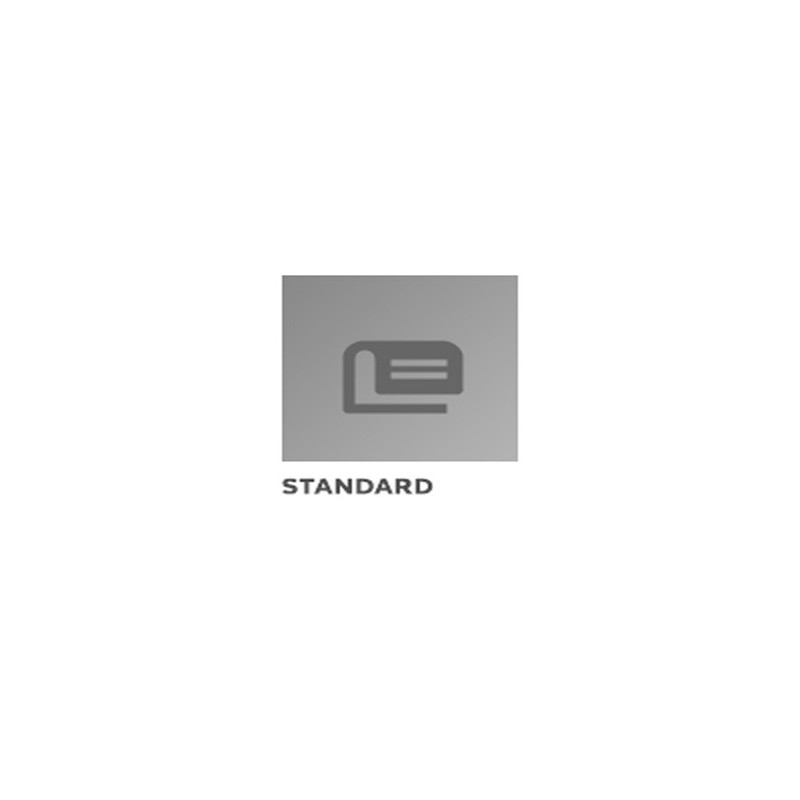Description / Abstract:
This aerospace recommended practice provides a framework and suggested
procedures or values for
requirements for the design, performance, and test of hydraulically
powered servoactuators for use
in aircraft flight control systems.
The original version of this document was intended for military usage:
consequently, the
requirements still often reflect such use. However, the basic
requirements of this ARP may and
should be applicable to commercial usage as well, provided that
appropriate considerations are
given for the applicable FAR/JAR 25 regulations, hydraulic fluids, and
environmental conditions.
Purpose:
This recommended practice is a guide and surrogate specification for
preparing a detail
specification for a particular servoactuator application.
Product Classification:
Servoactuators covered by this recommended practice are of the
following classes:
Class A - Power Actuators
Class B - Signal Conversion Actuators
Class C - Power and Signal Conversion Actuator Combination
For military aircraft, the servoactuators covered by this recommended
practice include those in the
following types of hydraulic systems:
a. Type I − 65 to +160 °F (−54 to +71 °C) fluid
temperature range
b. Type II − 65 to +275 °F (−54 to +135 °C) fluid
temperature range
c. Type III − 65 to +390 °F (−54 to +199 °C) fluid
temperature range
For commercial aircraft, the servoactuators covered by this
recommended practice include those
suitable for use with type IV and type V phosphate ester fluids.
Field of Application:
A servoactuator in the flight control system positions an aerodynamic
control surface or other
force effector to produce forces and moments on the aircraft for
stability and control of the
vehicle. These servoactuators may be controlled by mechanical,
electrical, photonic or fluidic
inputs, or combinations thereof, and may be powered by one or more
hydraulic systems. The complete
actuator assembly may incorporate basic components such as servovalve,
input linkage and
electrical, optical, and/or mechanical position feedback systems, and
redundancy logic in addition
to the actuating cylinder. These components are usually designed as an
integral package, but in
some cases are physically separated. Additional components may also be
included and configured
integrally or separately such as bypass valves, filters, pressure
switches, motor or solenoid
operated shutoff valves, thermostatic control valves, hydraulic logic,
mechanical locking devices
and electrical transducers.


